Canoeing in Maine- A Memoir
Prologue
Jim bought the canoe- an Old Town Tripper. I believe he came up with the idea to go to Maine, too, a great idea. It gave meaning to life- something to look forward to besides the day-to-day grind of grubbing for grades, wondering about where the next buzz was coming from, and the usually spectacularly unsuccessful personal get-together attempt with that cute freshman co-ed in history class. Let’s face it- school was a bitch.
Down River
We always got up early to beat the wind, to see more wildlife, to be out at a beautiful time of day, and so we could knock off shortly after noon. The fact that we went to sleep as soon as it got dark may have had something to do with it, too. Anyway, it paid off handsomely one magical morning.
We were on the river shortly after sunrise. Mist was rising off of the water, and the grouse were drumming, sounding like distant artillery. We simply sat in the canoe, motionless, listening and looking, soaking it all in, letting the river carry us.
Some movement up ahead on the bank caught my eye. A lovely young woman, dressed only in a man’s dress shirt, was at the river’s edge getting water. She never became aware of our presence until I murmured, “A woodland nymph … ”
Startled, she looked up, then smiled at us. She was so beautiful it hurt. I wanted to marry her then and there, I was so in love. But the river carried us inexorably onward, and the moment passed.
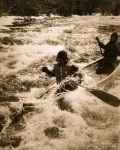
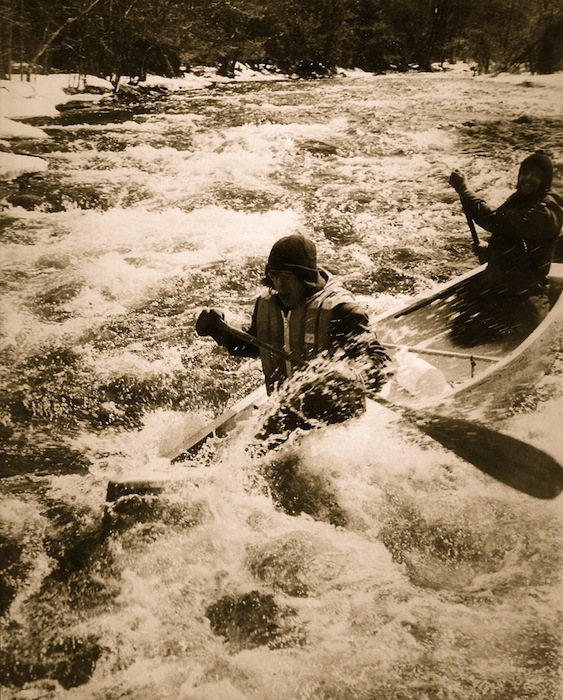

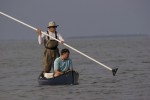
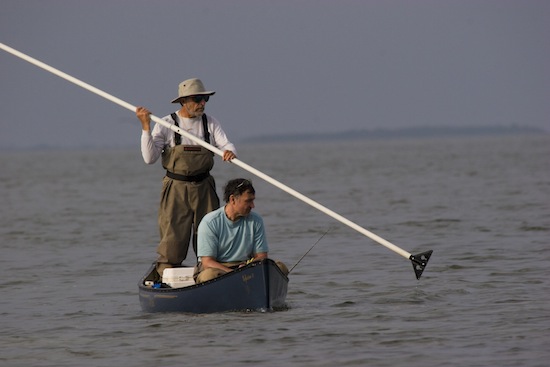
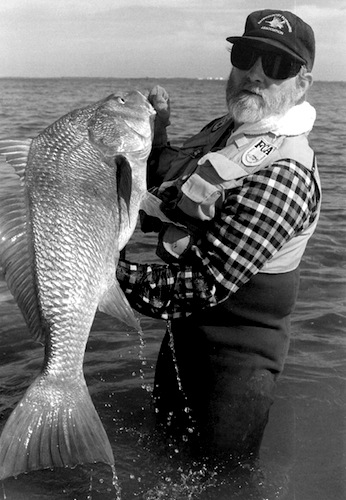
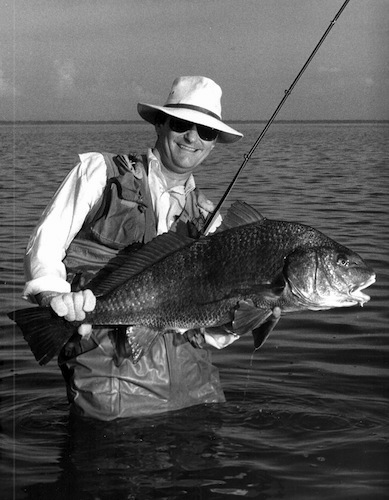
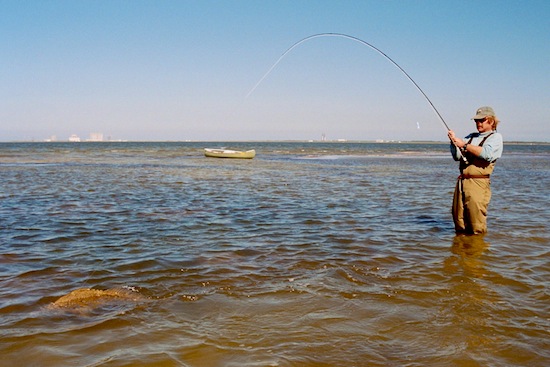
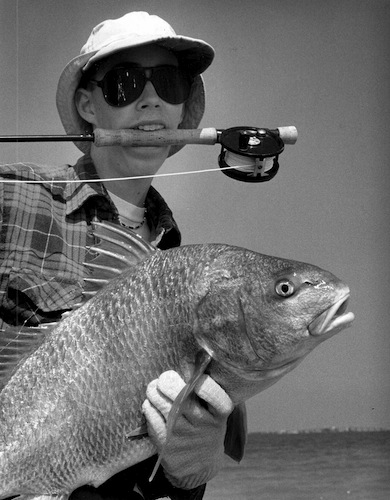
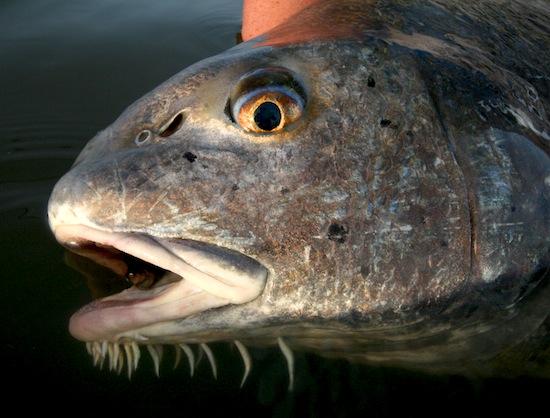

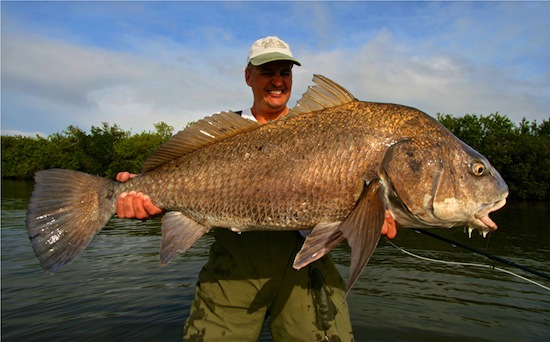
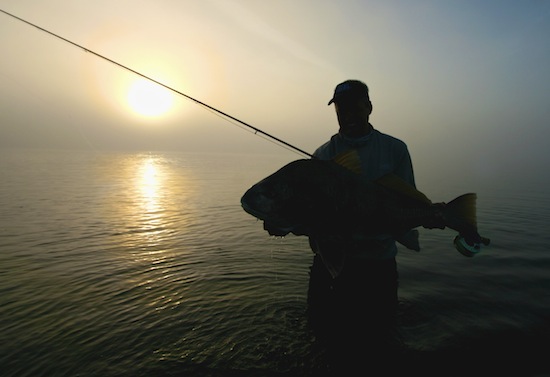
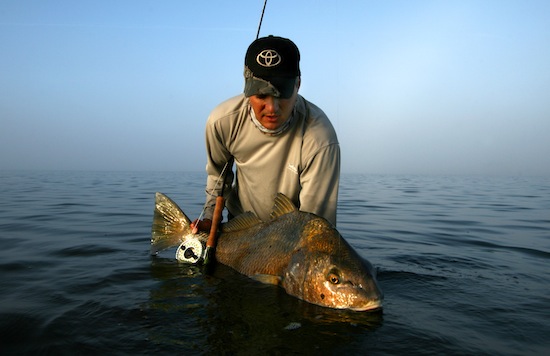
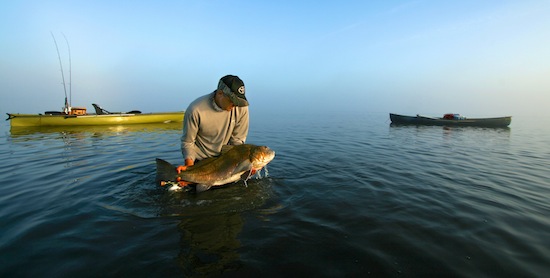

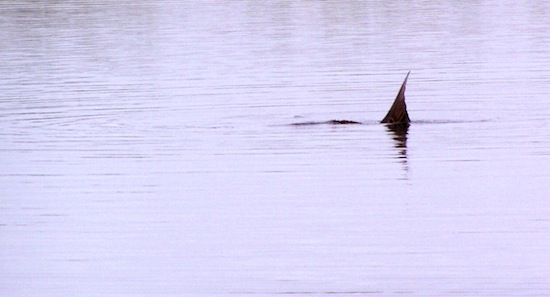
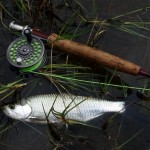
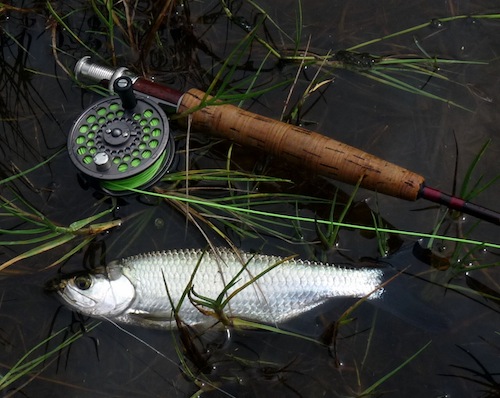
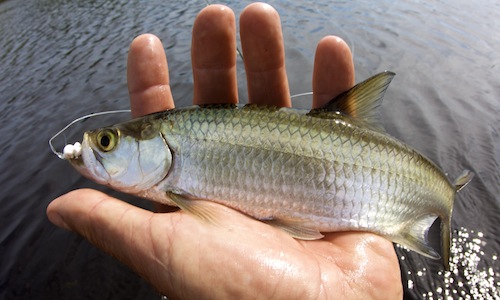
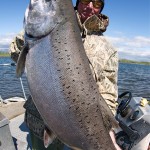
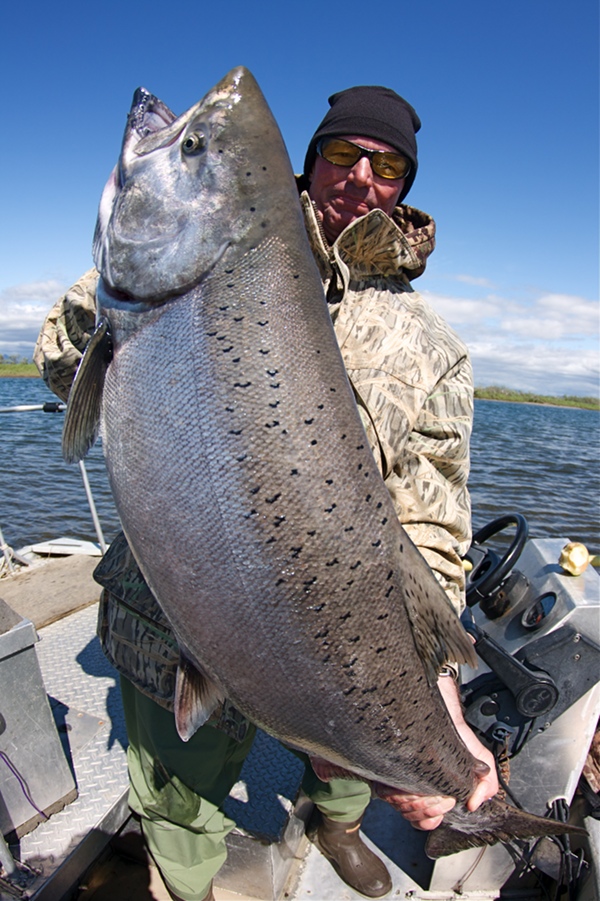
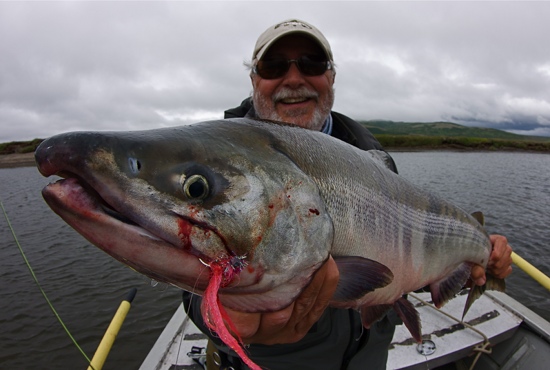
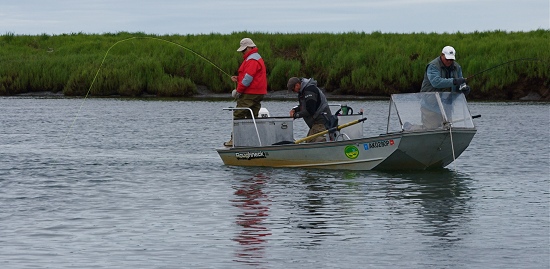
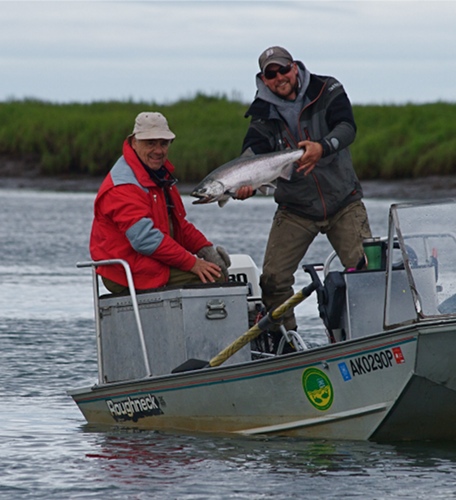
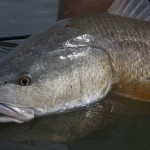
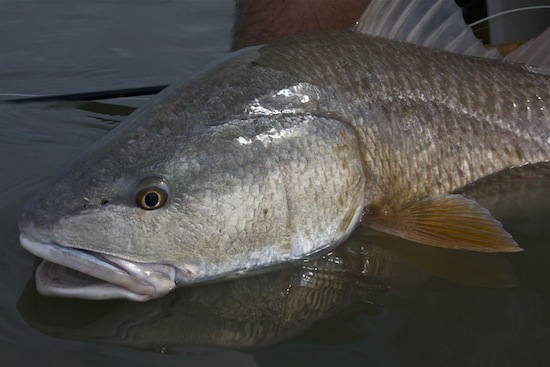
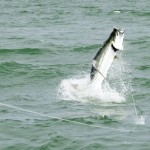
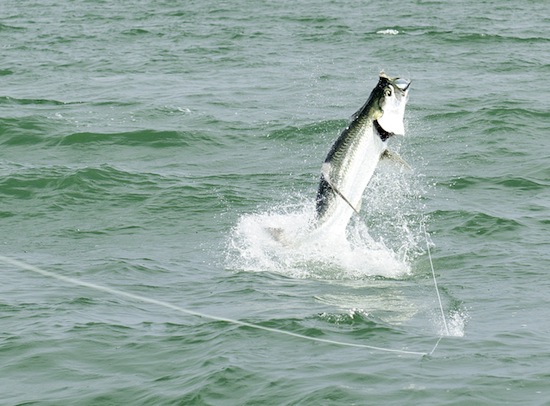
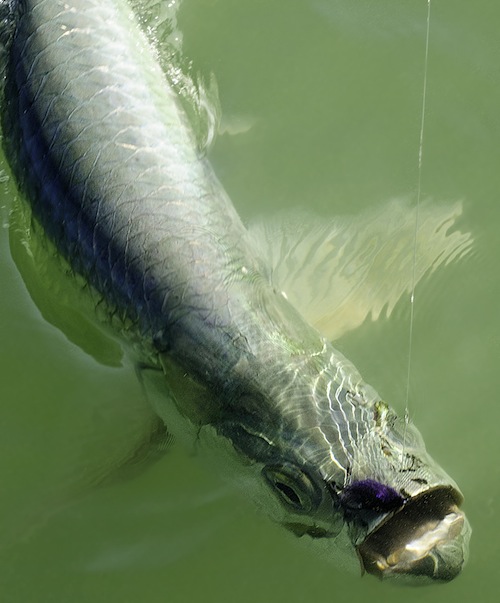
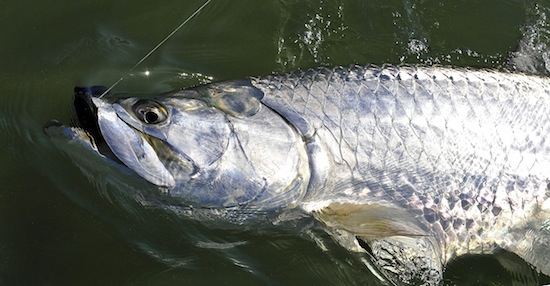
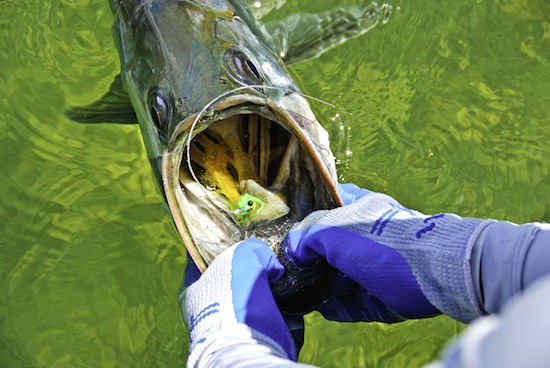
Recent Comments